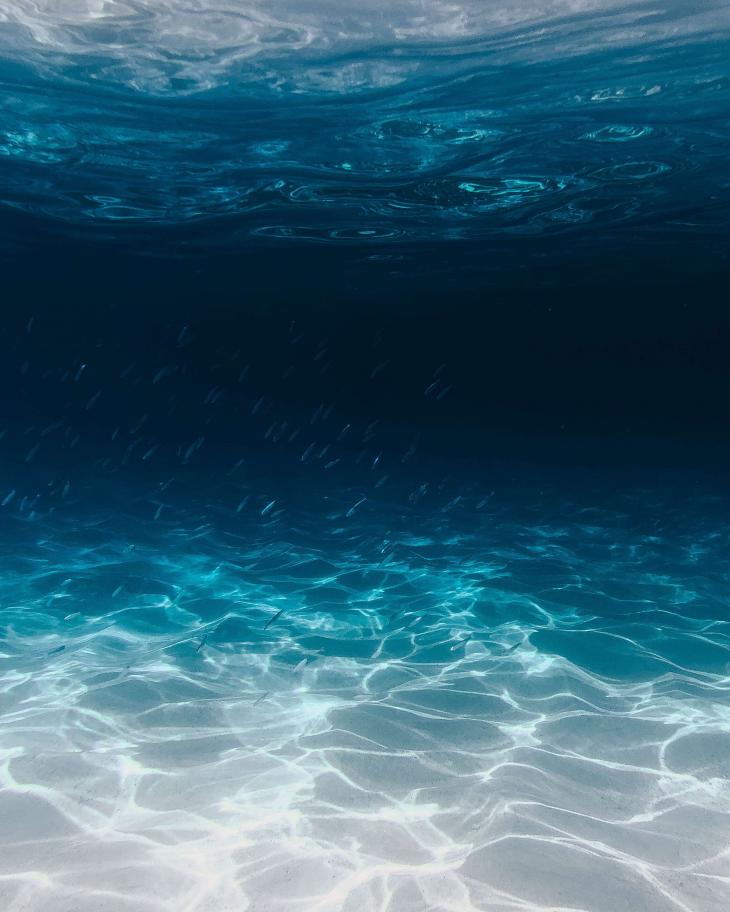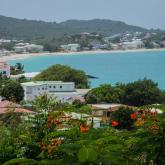
The islands of the Caribbean are surrounded by seas with an abundance of marine life that needs to be protected – and now an agreement has been reached to help the High Seas Marine life.
In early March the United Nations in New York reached an historic agreement to protect the world’s oceans and help marine life by managing the levels of fishing, shipping, and other activities.
To ensure this hard-won progress is not lost, The High Seas Alliance is calling for the UN to conclude the formalities of adoption as soon as possible.
The High Seas, the area of ocean that lies beyond countries’ national waters, is the largest habitat on earth and home to millions of species. With currently just over 1% of the High Seas protected, the new Treaty will provide a pathway to establish marine protected areas in these waters.
It is also a key tool to help deliver the recently agreed Kunming-Montreal target of at least 30% protection of the world’s ocean by 2030 that was just agreed in December- the minimum level of protection scientists warn is necessary to ensure a healthy ocean.
The new Treaty will bring requirements in to assess and manage planned human activities that would affect marine life in the High Seas, as well as ensuring greater transparency.
Laura Meller, an oceans campaigner for Greenpeace Nordic, said: “This is a historic day for conservation and a sign that in a divided world, protecting nature and people can triumph over geopolitics. We praise countries for seeking compromises, putting aside differences and delivering a Treaty that will let us protect the oceans, build our resilience to climate change and safeguard the lives and livelihoods of billions of people.
“We can now finally move from talk to real change at sea. Countries must formally adopt the Treaty and ratify it as quickly as possible to bring it into force, and then deliver the fully protected ocean sanctuaries our planet needs. The clock is still ticking to deliver 30×30. We have half a decade left, and we can’t be complacent.”




